19 GPTs for Scientific Visualization Powered by AI for Free of 2025
AI GPTs for Scientific Visualization refer to advanced generative pre-trained transformers tailored for creating, interpreting, and enhancing visual representations of scientific data. These tools leverage AI to automate and refine the process of generating visual content, making complex data more accessible and understandable. By integrating specific algorithms and learning capabilities, they adapt to various scientific domains, offering precise and dynamic visualization solutions. Their relevance lies in the ability to transform raw data into visual insights, thereby facilitating deeper understanding, analysis, and communication of scientific findings.
Top 10 GPTs for Scientific Visualization are: GPTChart,Quantum Mind,Picture Maker Pro 2.2,C++ wxWidgets,🔬 Innovative Research Explorer GPT 🧪,3D Modeling,Hybrid Animal Maker,The Ultra Realistic Visual Genius,SD v1.6 text to image,数据可视化工具
GPTChart
Visualizing Data with AI Precision
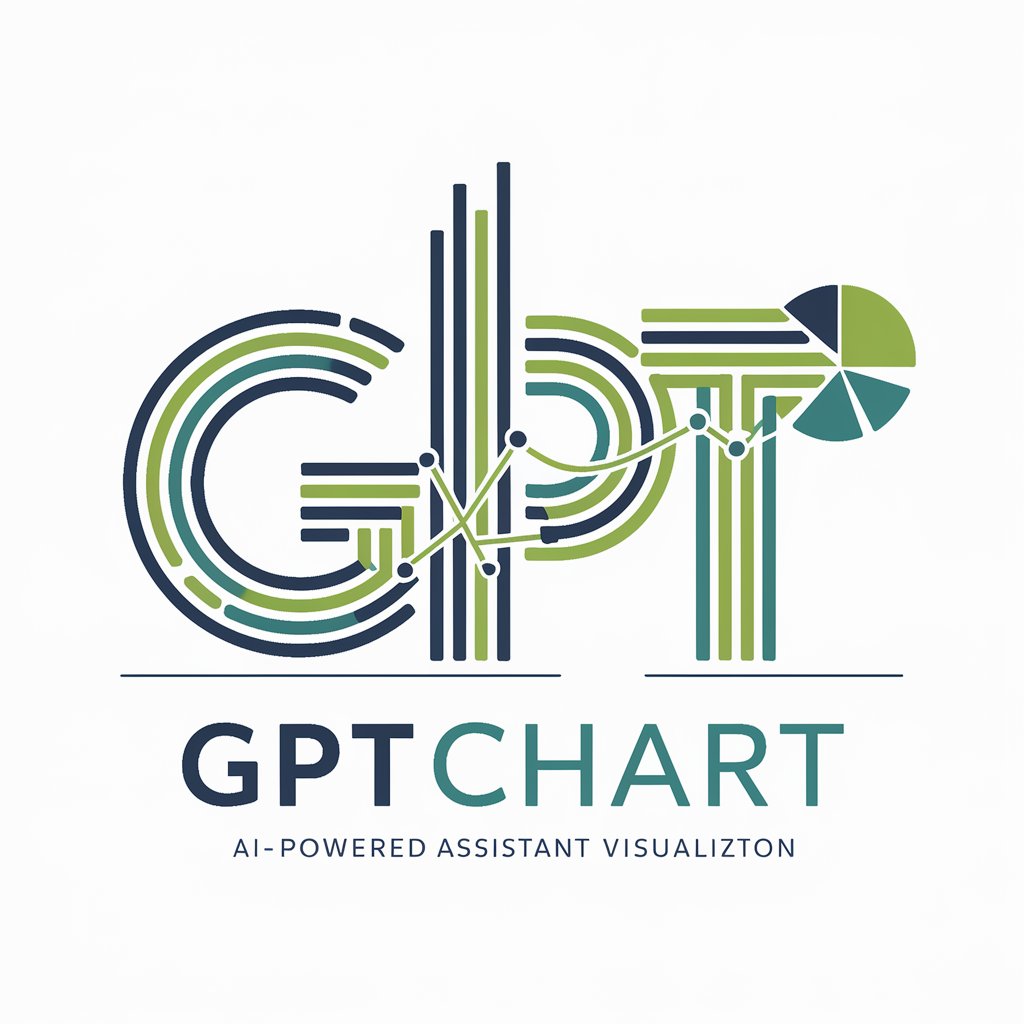
Quantum Mind
Empowering Discovery with AI
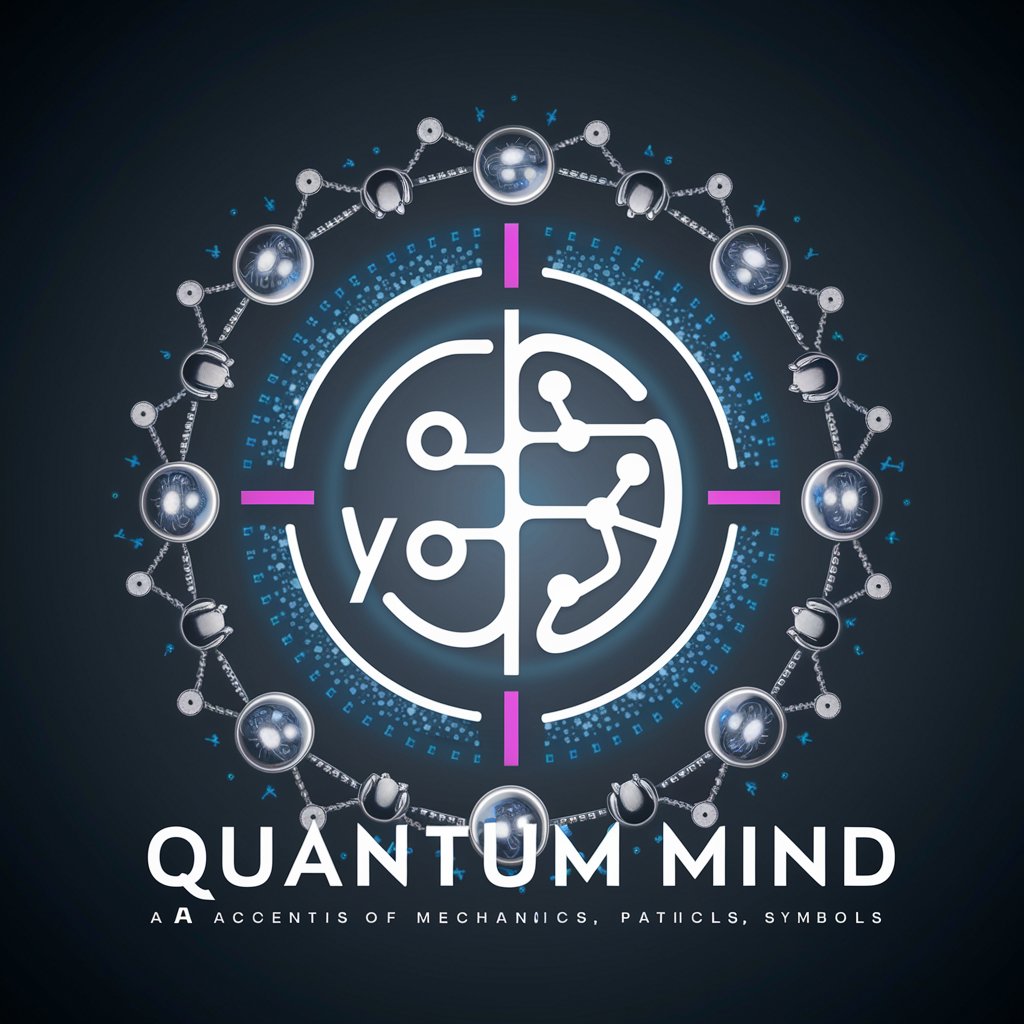
Picture Maker Pro 2.2
Craft Stunning Visuals with AI

C++ wxWidgets
Empower your C++ apps with wxWidgets AI

🔬 Innovative Research Explorer GPT 🧪
Empowering Research with AI
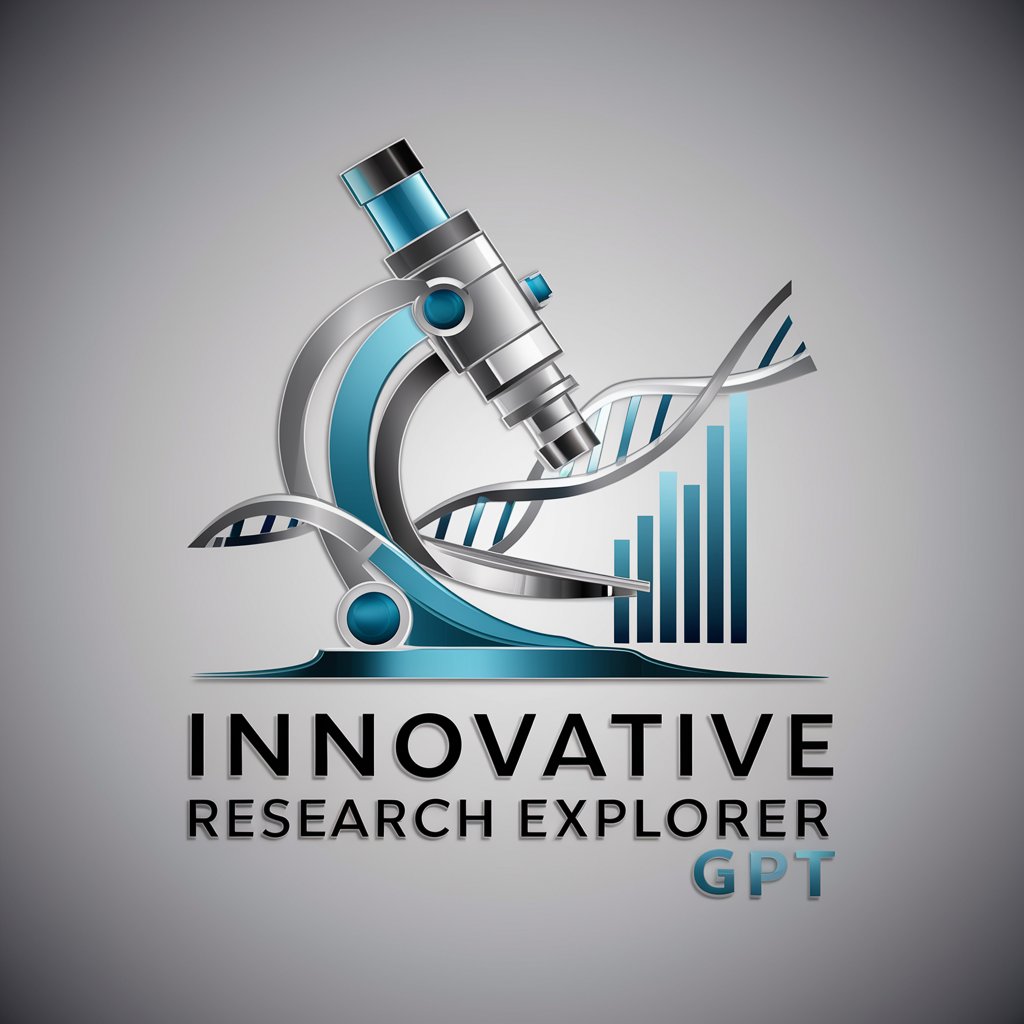
3D Modeling
Sculpt, Model, and Print Seamlessly
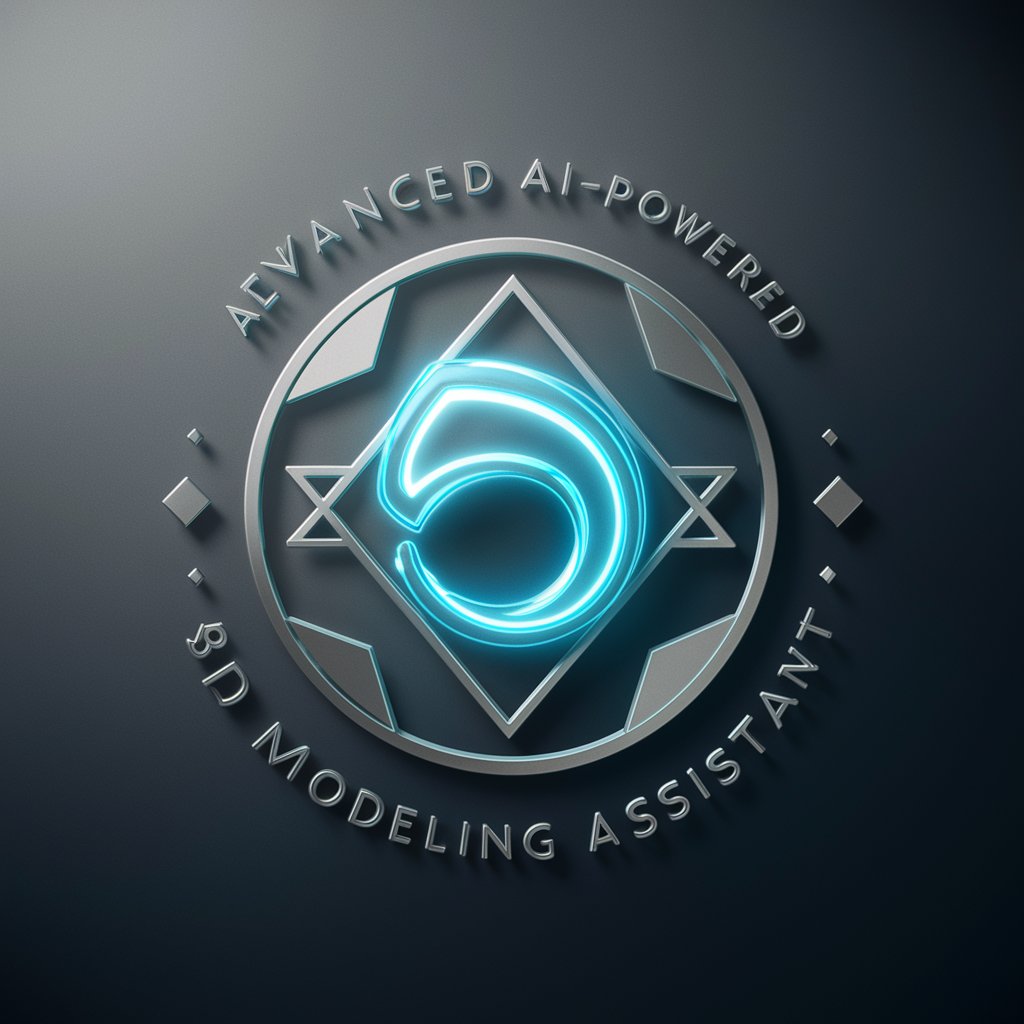
Hybrid Animal Maker
Craft Unique Animal Hybrids with AI

The Ultra Realistic Visual Genius
Transforming Reality with AI-Powered Precision
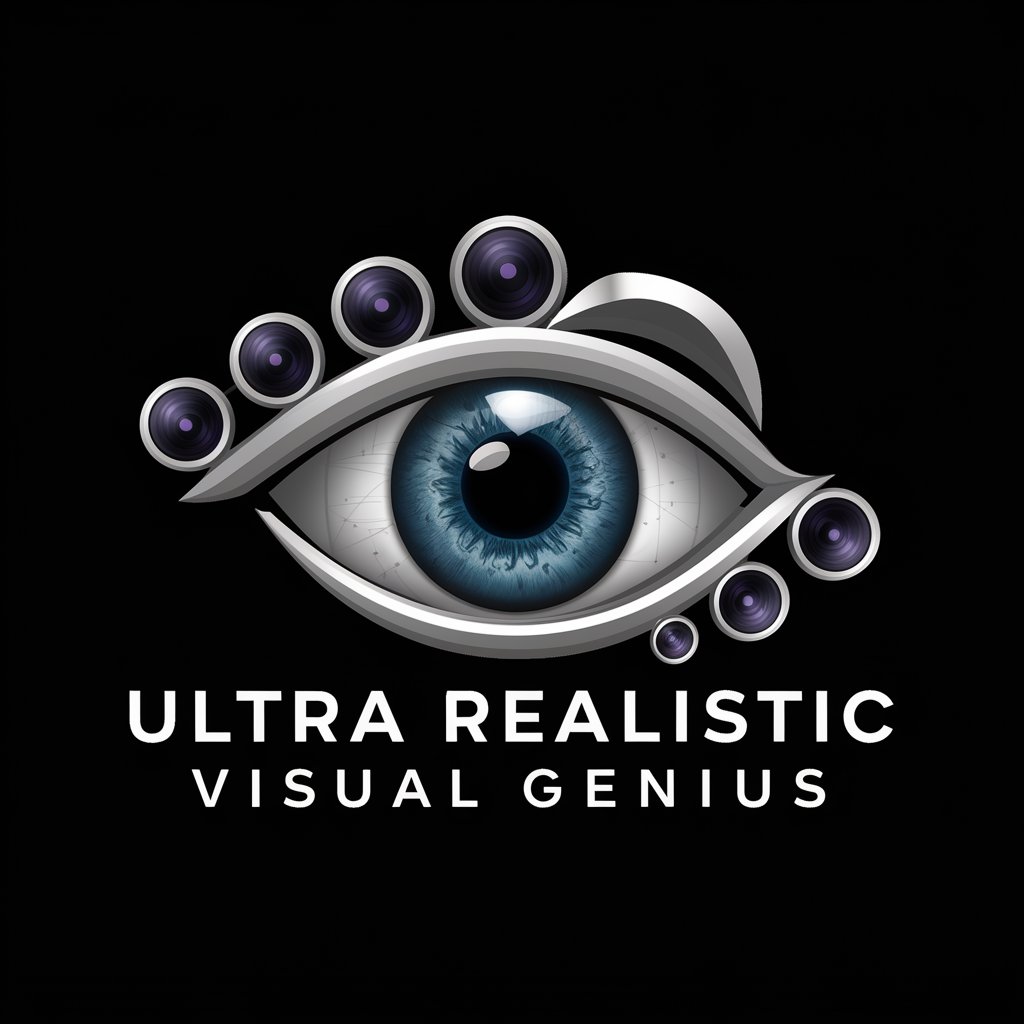
SD v1.6 text to image
Transforming Text into Visual Masterpieces
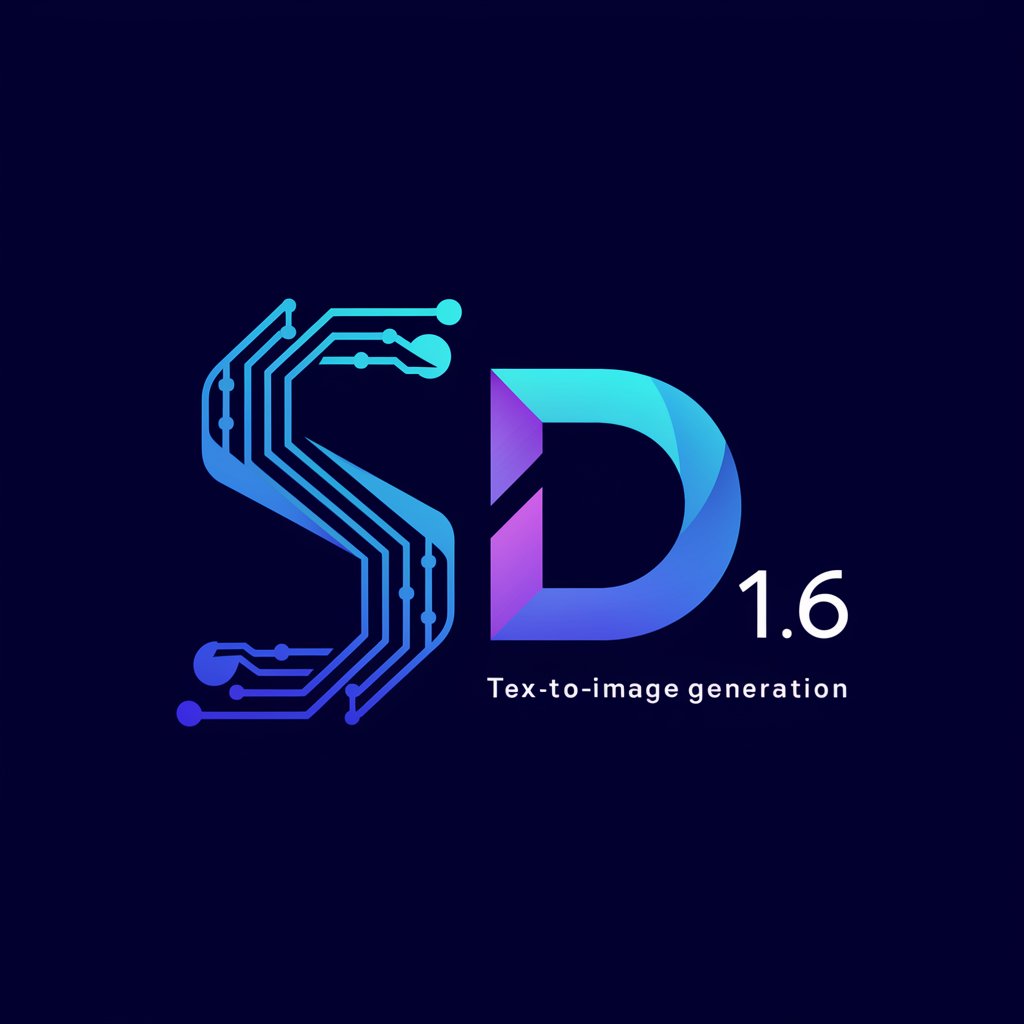
数据可视化工具
Transform data into insight with AI.
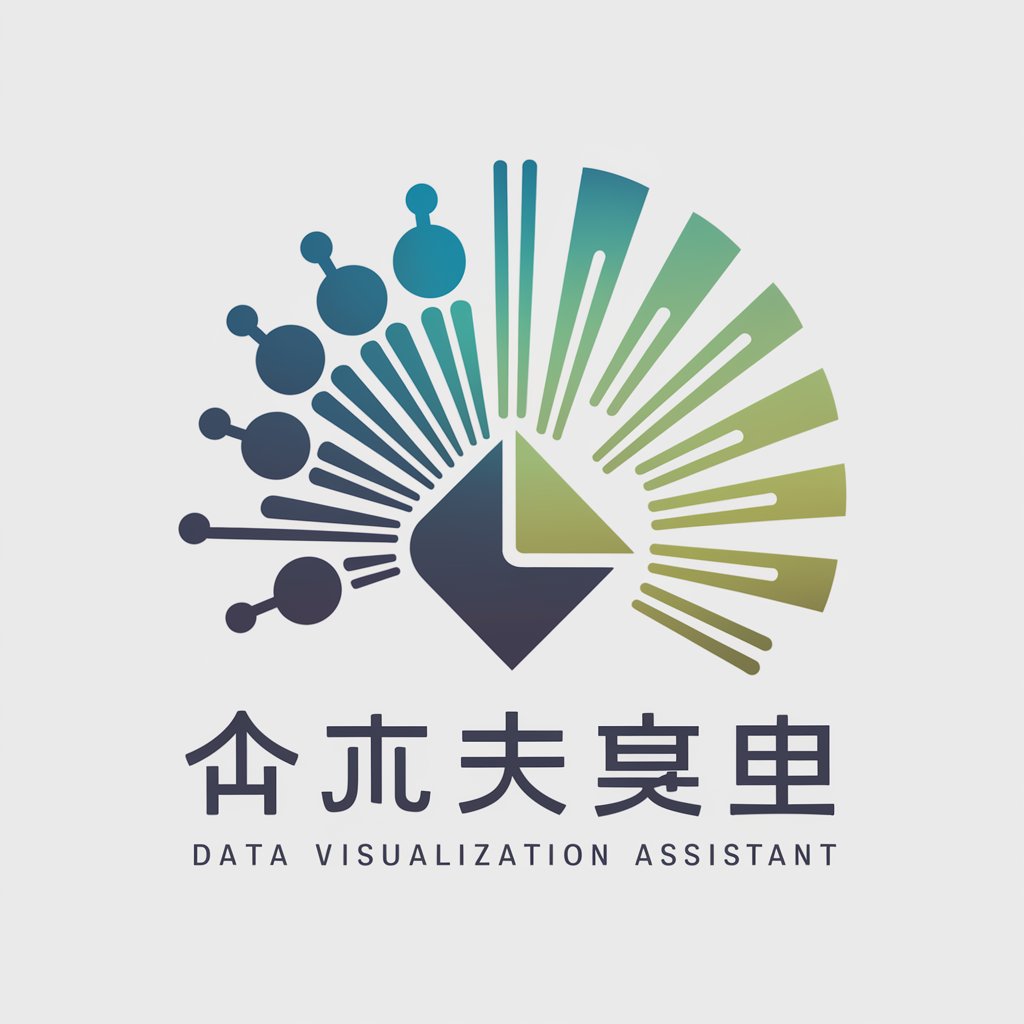
OptiX PathTracer Pro
AI-powered realistic rendering

Wiki Visualizer
Visualizing Knowledge with AI Power

Sciences Teacher
Empowering your science learning journey with AI.

AI Image Creation
Transforming Ideas into AI-Driven Visuals
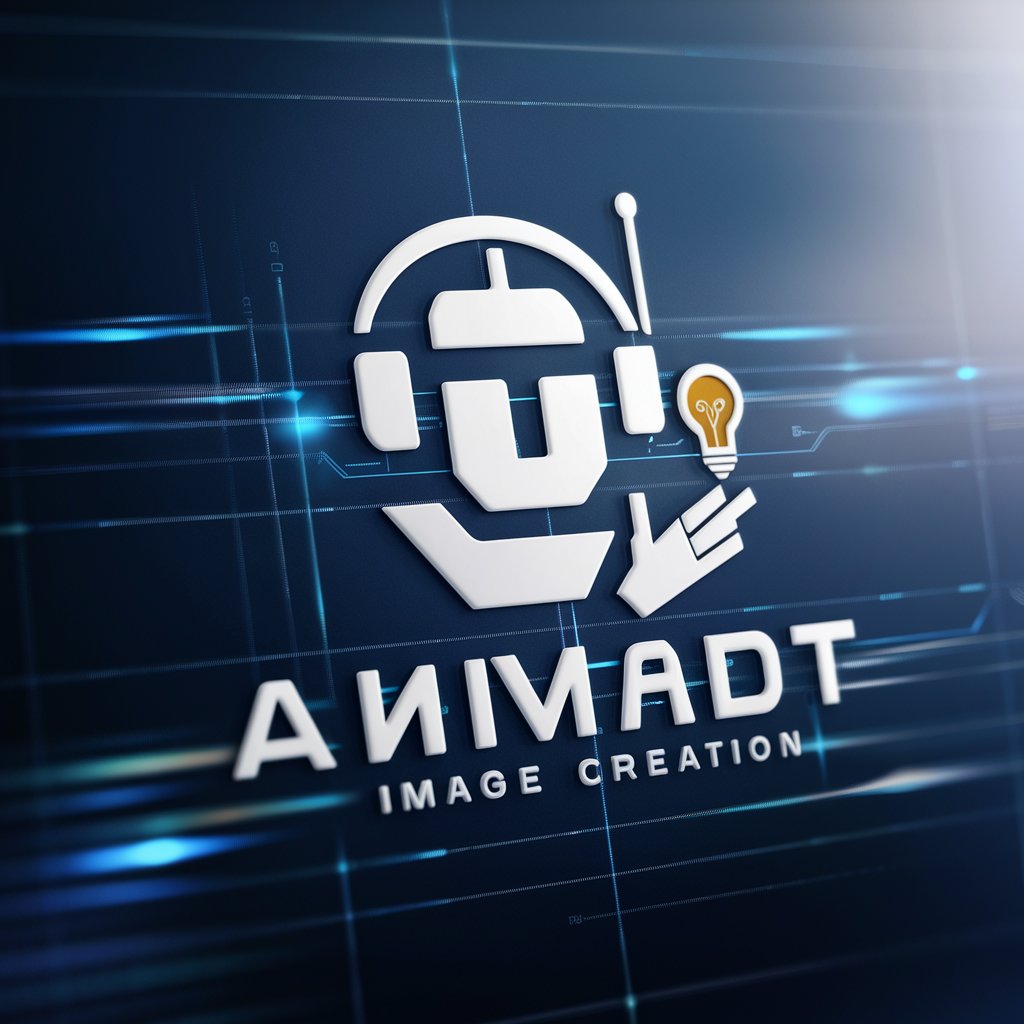
Academic Presenter
Simplify Academic Presentations with AI

Chemistry Imaginator
Visualizing Science Through Art and AI
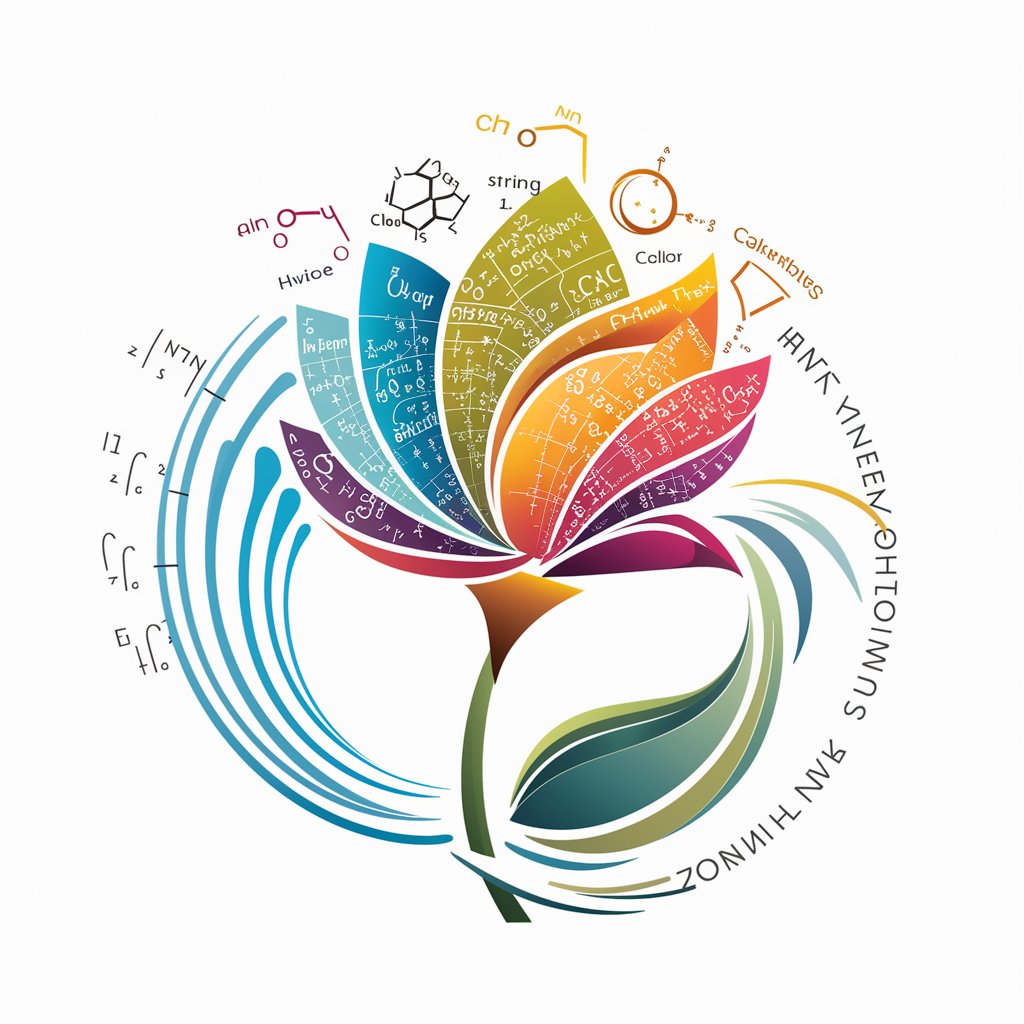
Quantum-generated Image Creator
Unleash creativity with quantum AI
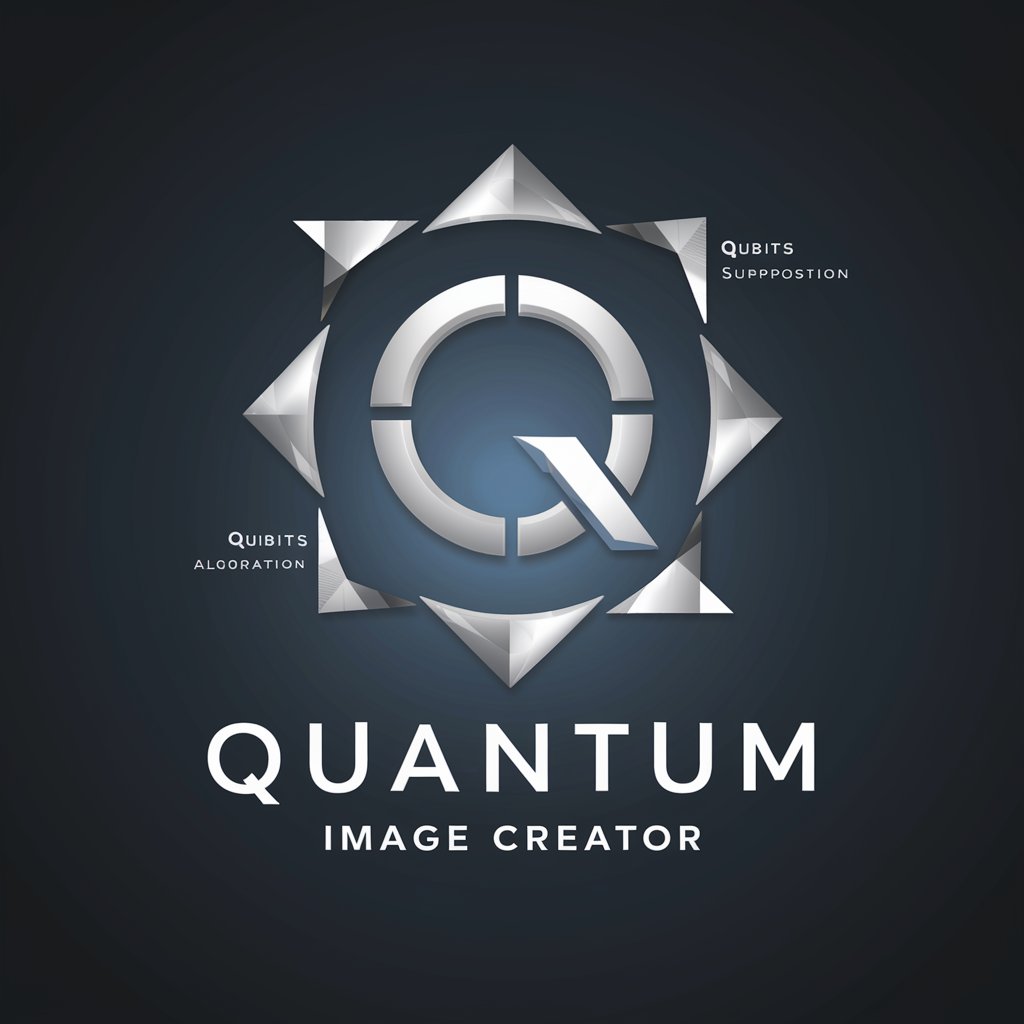
C++ for Cutting-Edge Graphics Programming
Empowering creation with AI-driven graphics programming.

Science Book
Empowering Science Discovery with AI
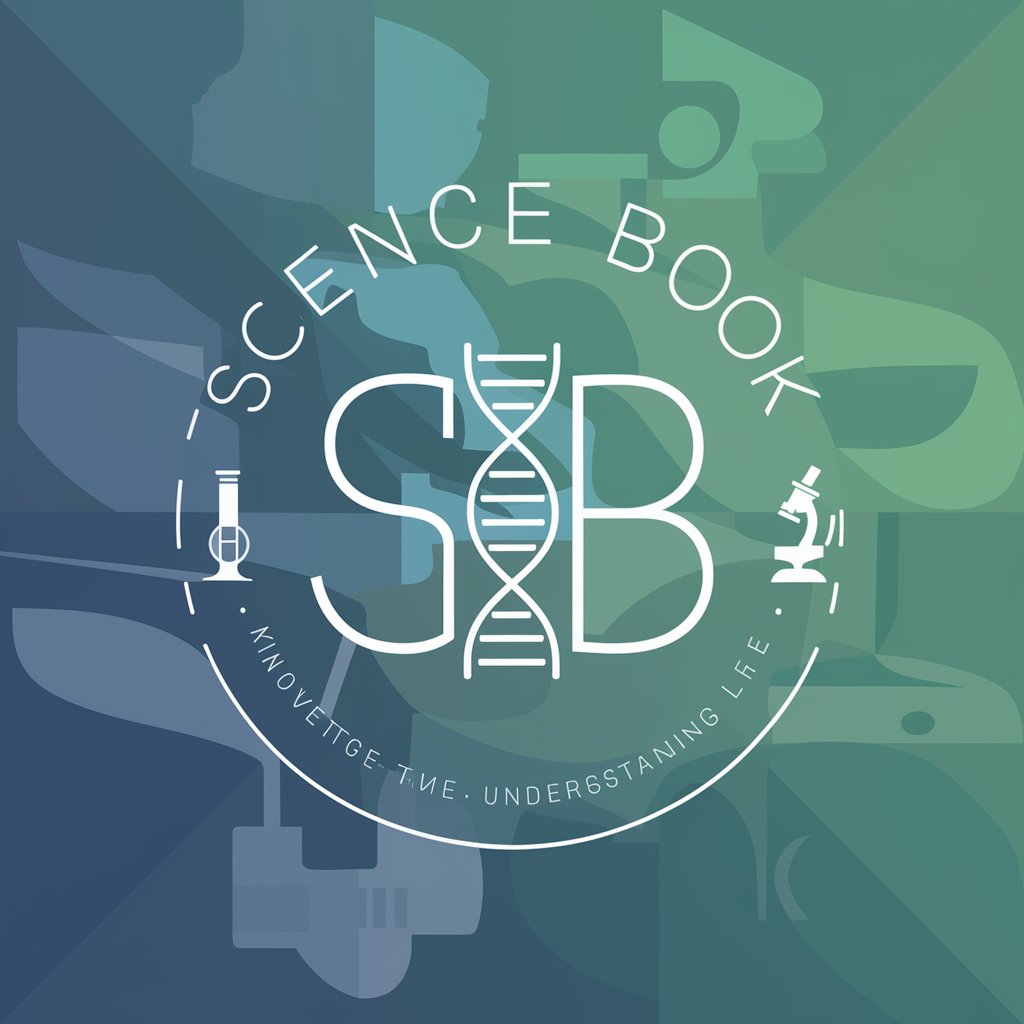
Key Attributes of AI GPTs in Scientific Visualization
AI GPTs designed for Scientific Visualization boast of adaptability, ranging from generating basic graphs to complex 3D models. These tools excel in processing and visualizing large datasets, incorporating features like natural language understanding to interpret user queries. Unique capabilities include real-time data analysis, integration with scientific computing platforms, and support for interactive visualization. Advanced models offer customization through programming interfaces, enabling researchers to tailor visualizations to their specific needs. Additionally, some GPTs provide web searching and image generation functionalities, enhancing their utility in scientific research and presentation.
Who Benefits from Scientific Visualization AI Tools
AI GPTs for Scientific Visualization cater to a broad audience, including students, researchers, data scientists, and professionals across various scientific disciplines. These tools are particularly beneficial for individuals without extensive coding expertise, offering intuitive interfaces and automated processes for creating sophisticated visualizations. Conversely, they also serve users with programming knowledge, providing APIs for deeper customization and integration into existing research workflows. Their versatility makes them indispensable for anyone looking to visualize scientific data effectively.
Try Our other AI GPTs tools for Free
Entertainment Critique
Discover how AI GPTs revolutionize entertainment critique, offering in-depth, personalized reviews and insights into movies, music, books, and more.
Poetic Visualization
Explore the intersection of AI and poetry with our Poetic Visualization tools, designed to enhance creative processes and bring poetry to life through innovative technology.
Repository Insight
Discover how AI GPTs revolutionize repository insights with intuitive analysis, real-time updates, and tailored solutions for diverse data needs.
Logo Enhancement
Discover the transformative power of AI GPTs for Logo Enhancement, offering tailored, efficient, and innovative logo design solutions for professionals and novices alike.
Sentence Construction
Explore how AI GPT tools revolutionize sentence construction, offering versatile solutions for content creation, language learning, and technical writing.
Recreational Learning
Discover how AI GPTs for Recreational Learning can transform your hobbies and interests into an engaging, interactive learning journey. Tailored solutions for language, music, coding, and more at your fingertips.
Expanding Horizons with AI-Driven Visualization
AI GPTs for Scientific Visualization are revolutionizing how we understand and interact with scientific data. With capabilities extending from automated data interpretation to the creation of immersive visual experiences, these tools offer significant advantages in research and education. User-friendly interfaces and integration options further enhance their appeal, allowing for seamless adoption into various scientific practices. The continuous evolution of GPTs promises even more sophisticated and accessible visualization solutions in the future.
Frequently Asked Questions
What are AI GPTs for Scientific Visualization?
AI GPTs for Scientific Visualization are specialized AI tools designed to generate and enhance visual data representations in science, making complex information more comprehensible.
Who can use these AI GPT tools?
They are accessible to a wide range of users, from beginners in scientific research to seasoned professionals, offering both simplicity for non-coders and customization options for developers.
Can I integrate these tools with other software?
Yes, many AI GPTs offer APIs and integration capabilities, allowing them to be seamlessly incorporated into existing systems or workflows for enhanced data visualization.
Do these tools require programming knowledge?
Not necessarily. While they offer advanced features for those with programming skills, many are designed with user-friendly interfaces for those without coding experience.
How do these tools handle large datasets?
AI GPTs are equipped to process and visualize large volumes of data efficiently, utilizing AI algorithms to manage and represent data effectively.
What types of visualizations can I create?
From basic charts and graphs to complex 3D models and interactive simulations, these tools support a wide range of visualization types.
Are there any specialized features for scientific research?
Yes, many GPTs include specialized features such as real-time data analysis, scientific computing integration, and domain-specific visualizations.
How do these tools improve research and data analysis?
By providing dynamic and intuitive visual representations of data, they facilitate better understanding, communication, and analysis of scientific information.